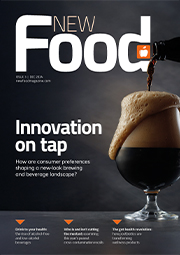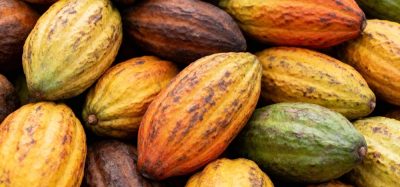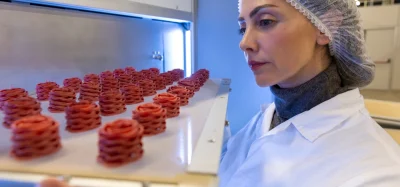Application Note: Sensitive method for the determination of fipronil
Posted: 6 December 2017 | Shimadzu | No comments yet
Fipronil is a broad-spectrum insecticide from the group of phenylpyrazoles used in many countries as a biocide and for plant protection product against fleas, lice, ticks, cockroaches, mites and other insects…
Fipronil is an active compound in veterinary products fighting tick and flea infestations in dogs and cats. Its use as a plant protection product has been restricted to seed treatment in the European Union since 2007. However, due to its illegal use as an addition to the cleaning supplies used in chicken coops, eggs and meat can also become contaminated.
THE MRL (maximum residue levels) for fipronil and its metabolite fipronil sulfone (which is classified as having similar toxicity) in eggs is set to 0.005 mg/kg by the EU (by definition, the sum of fipronil and fipronil-sulfone expressed as fipronil), so that there is a requirement for the determination of both compounds in egg matrix at a relatively low level.
This application note presents a simple method using a standard QuEChERS extraction protocol followed by LC-MS/MS detection.
This application note is restricted - login or subscribe free to access


Why subscribe? Join our growing community of thousands of industry professionals and gain access to:
- bi-monthly issues in print and/or digital format
- case studies, whitepapers, webinars and industry-leading content
- breaking news and features
- our extensive online archive of thousands of articles and years of past issues
- ...And it's all free!
Click here to Subscribe today Login here
Related content from this organisation
- Guide to testing: precision, protection and progress in food manufacturing
- Advanced analytical solutions for ethylene oxide and 2-chloroethanol detection in food
- Mineral oil in food: how can we determine MOSH and MOAH?
- Guide to Testing: Get up to date with the latest innovation
- Guide to Testing: The latest on lab techniques and research
Related topics
Contaminants, Food Safety, Quality analysis & quality control (QA/QC), Regulation & Legislation, Research & development










